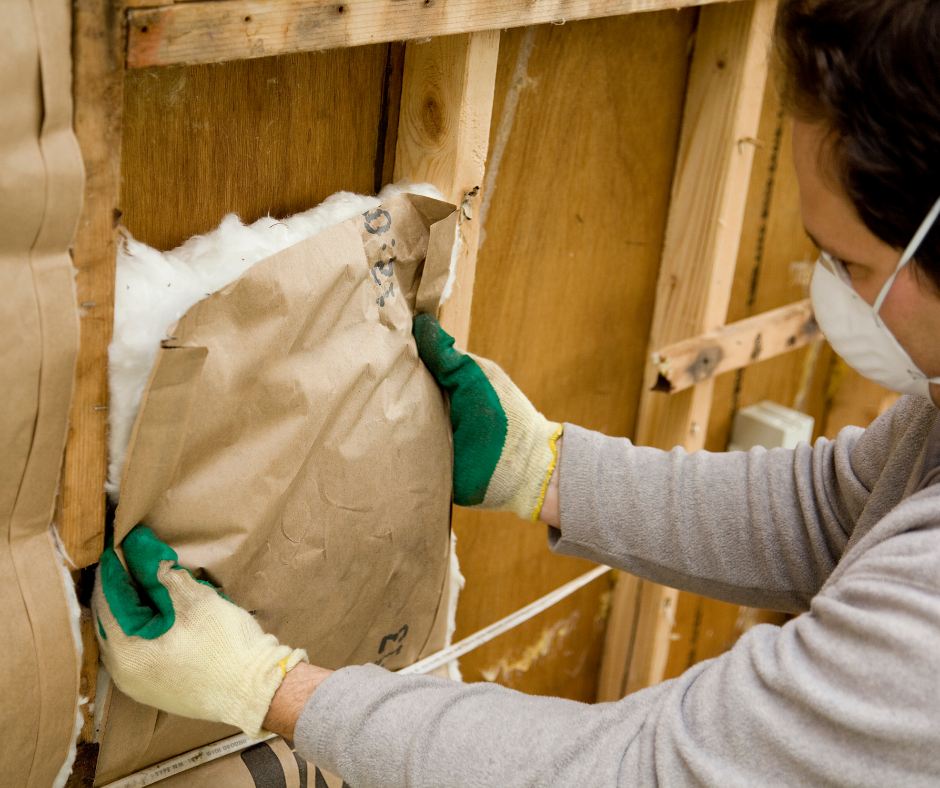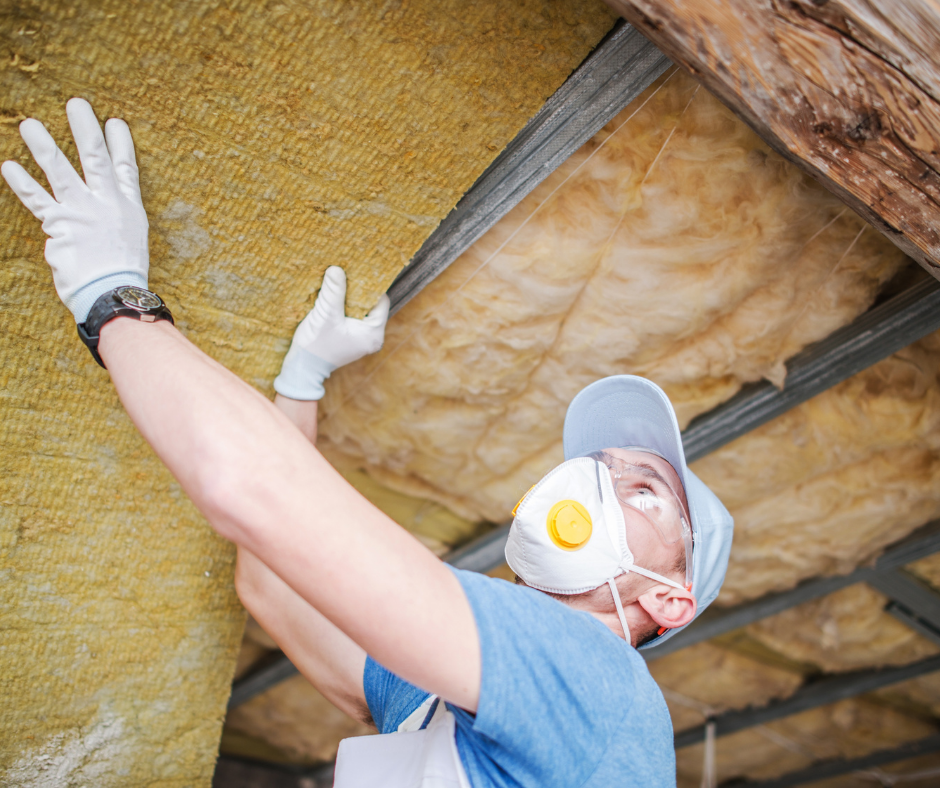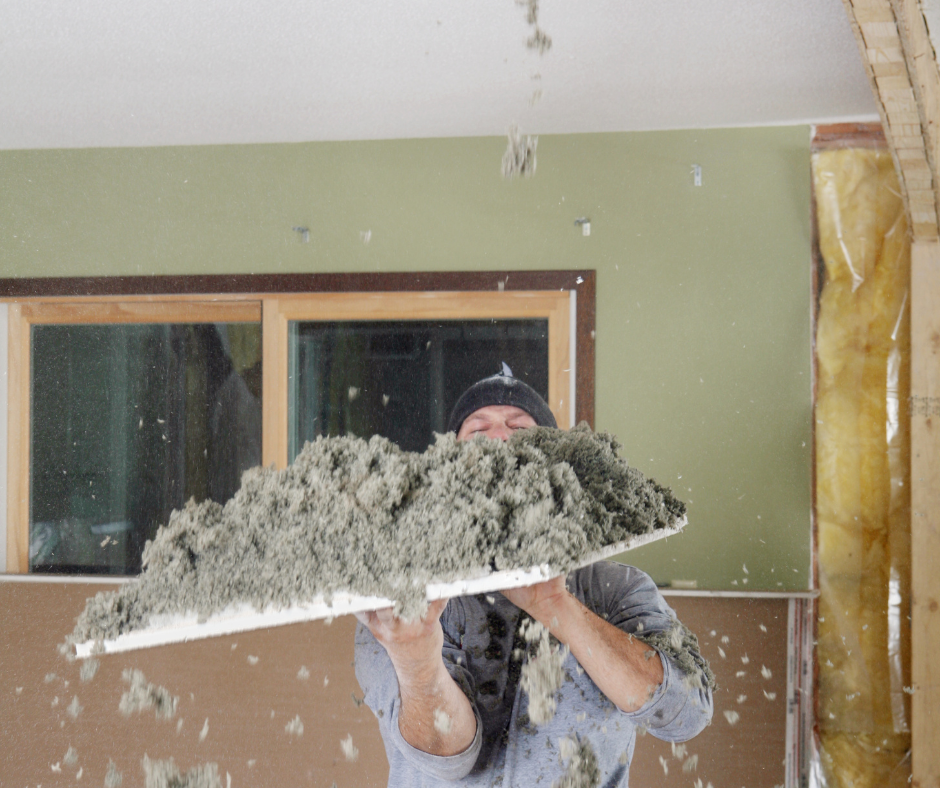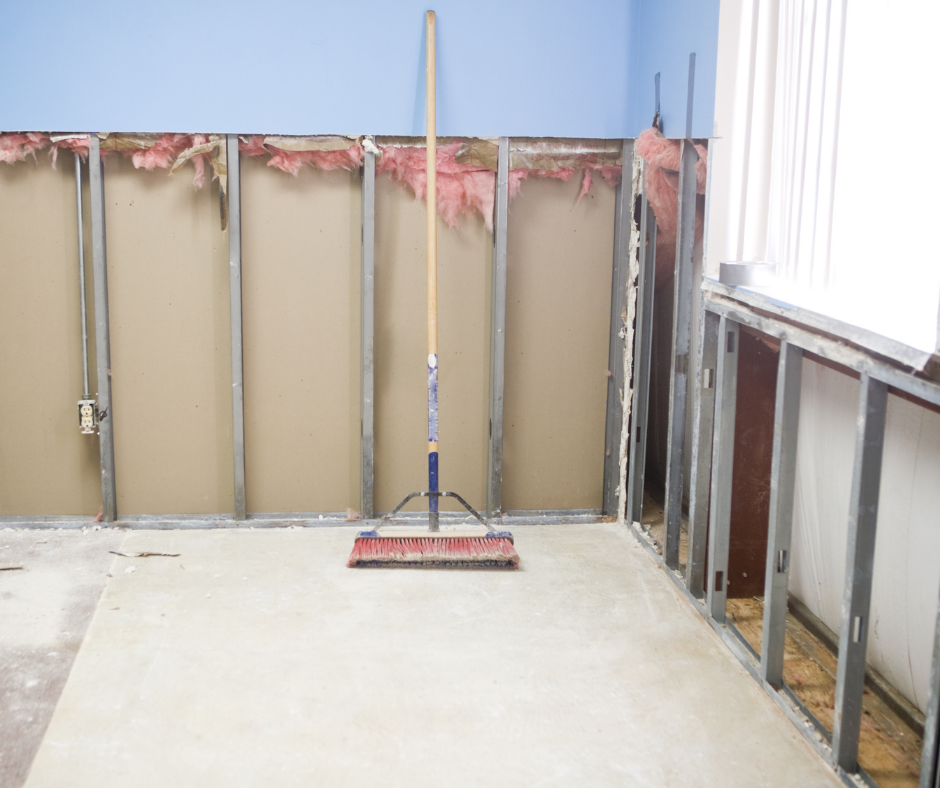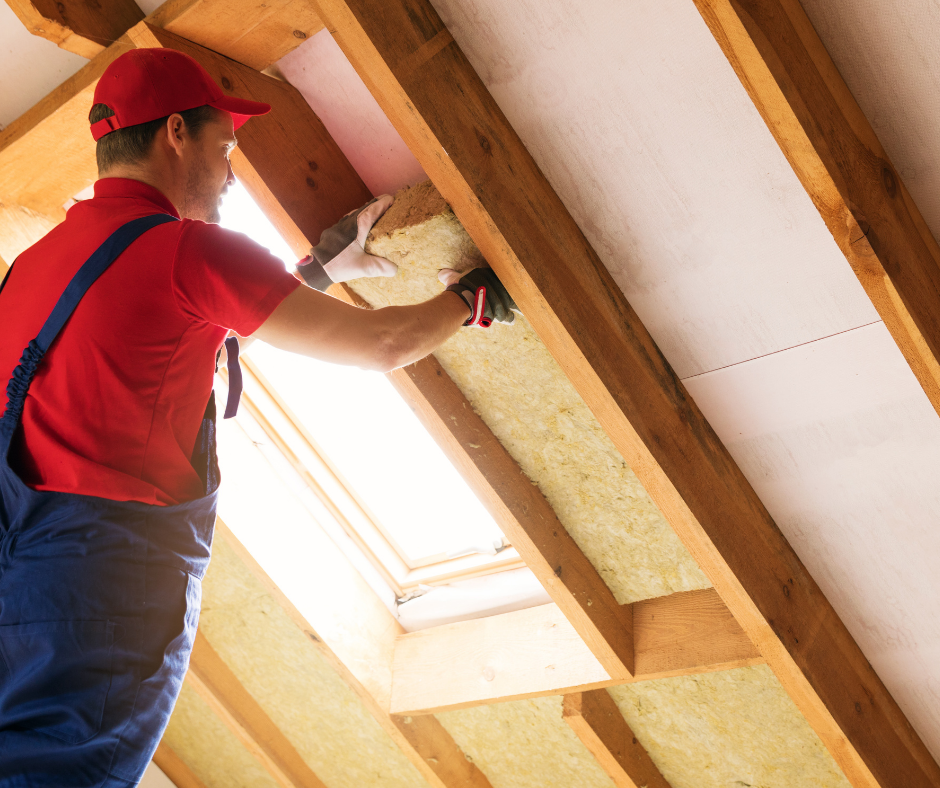The winter season is coming, and we all need to prepare ourselves for the colder weather to come. For homes, there are a good amount of things to do to prepare your home to survive this chilly season. Now there’s a need to stress because we understand it can be overwhelming at first, but this is where we have your back. We’ve created a small to-do list here to get started preparing your home for winter before the first snowfall.
5 This to Do Before the Snow Fallls
Below is a good starter to-do list we’ve created for you to utilize.
Inspect Your Roof
Ensuring your roof can withstand the harsh weather the winter season brings is crucial and should be done as soon as possible. So take a good look at your roof and keep an eye out for any damages or missing shingles. This can be a sign that your roofing won’t make it through all the snowstorms that can occur during the cold season, leading to significant damages for you and some costly repairs in the springtime. When you find them, hiring someone to do these repairs is a lot better than waiting until spring and those issues become twice as bad.
Clear Out Vents
If you didn’t know what those vents were for in your attic, let us tell you about them. They play an important role in your attic and roofing, and they create airflow and prevent mold growth from occurring up there. Not only that, but it also helps keep dampness at bay, so none of your wooden beams rot during the cold and wet season of winter. Making sure that those are cleaned out from debris and dust can ensure that your attic is ready for winter when it comes.
Check Out Your Heating System
Don’t wait until the last minute when the cold is rolling in to check out your heating system. Calling a technician inspector to come to clean out your furnace or heat pump before winter arrives it’s better than freezing. This way, here you can be at peace knowing your heating system is in top shape for the weather to come.
Drain Your Hoses
The season for watering your plants and garden is over, but you can’t just leave the hose out all winter long. You need to drain all the water out before storing your hose. This prevents unwanted cracks and bursts in the hose during the frosty season. Laying it out gently on a slope of some sort can easily drain out all the water built up in the bends of the hose. When it’s time to start watering your plants, you are sure that your hose is ready for the job.
Beware Your Gutters
Having gutters that aren’t cared for can bring you some wintertime troubles. This can lead to many issues such as roof leaks, ice dams and well-focused water damage. Call the professionals for this job! They can get it done quickly and spotless so all your gutters can be free of debris and ready for the snow to come.
Whenever you need a professional for those tough jobs, you can always count on us! Get a free estimate here, and our professionals are waiting to answer any of your questions.

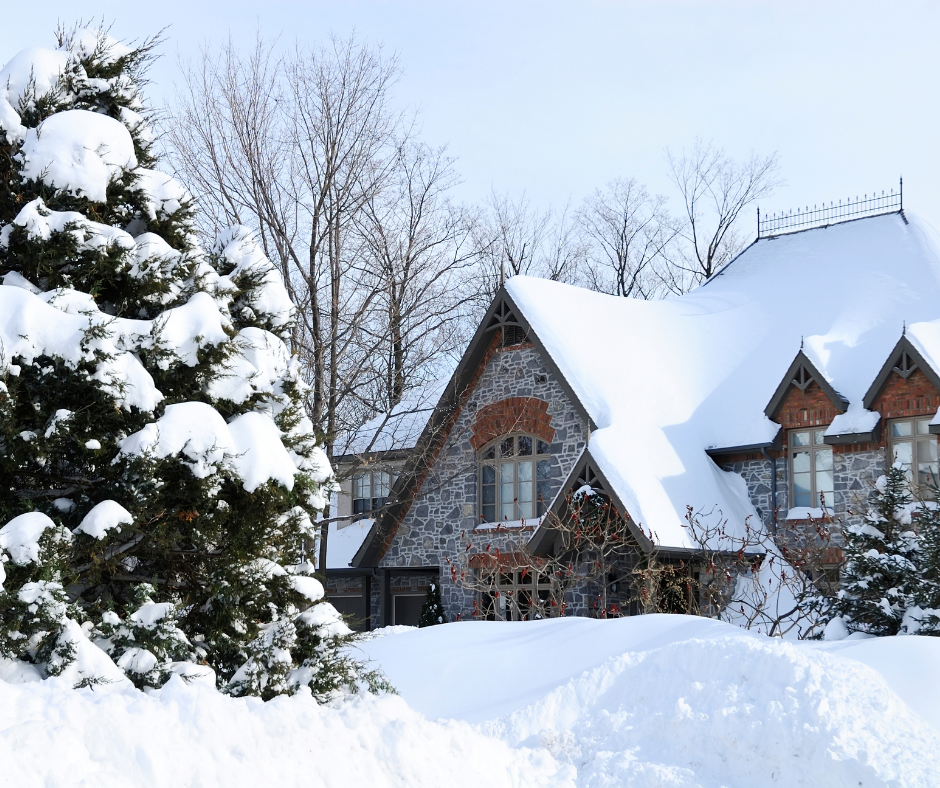
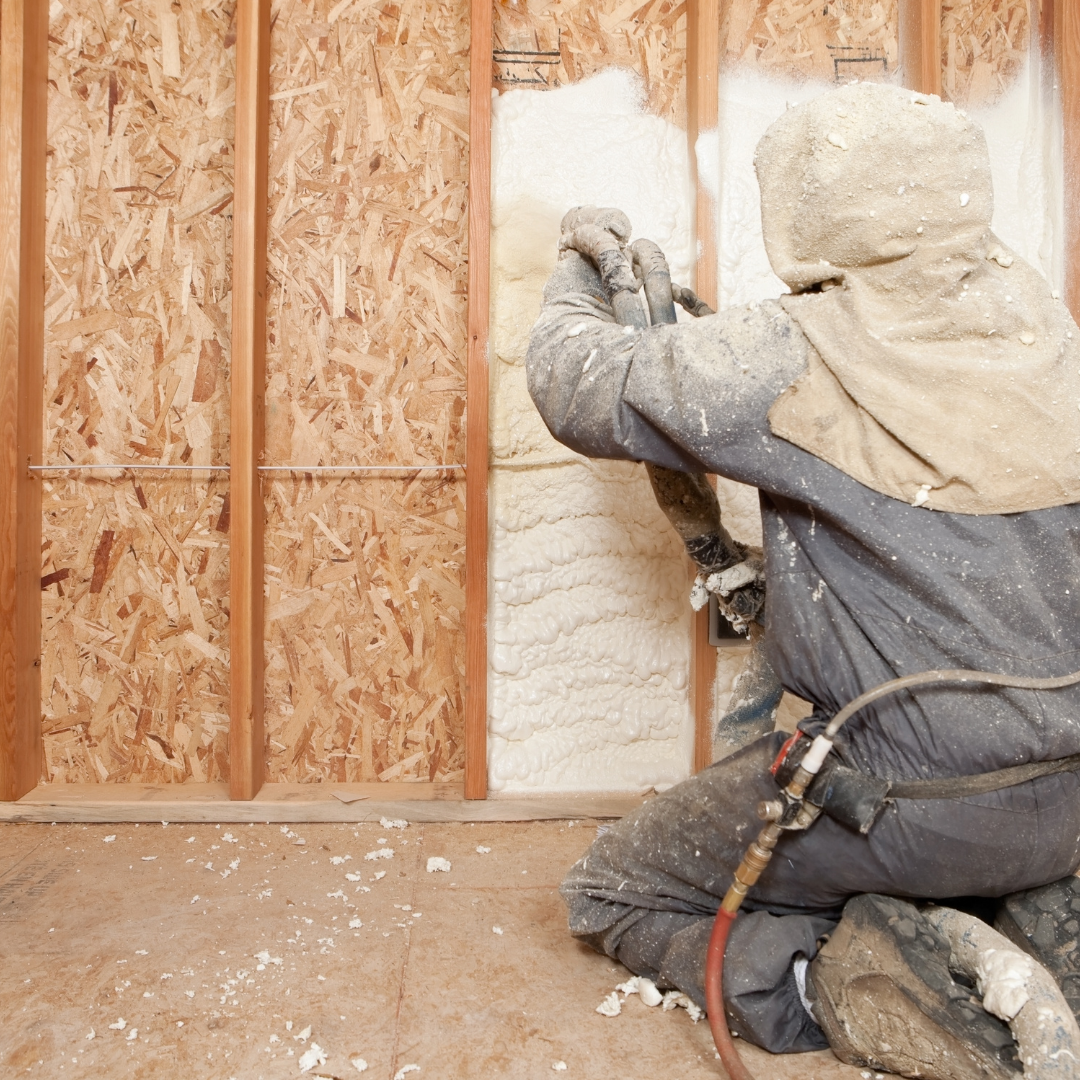
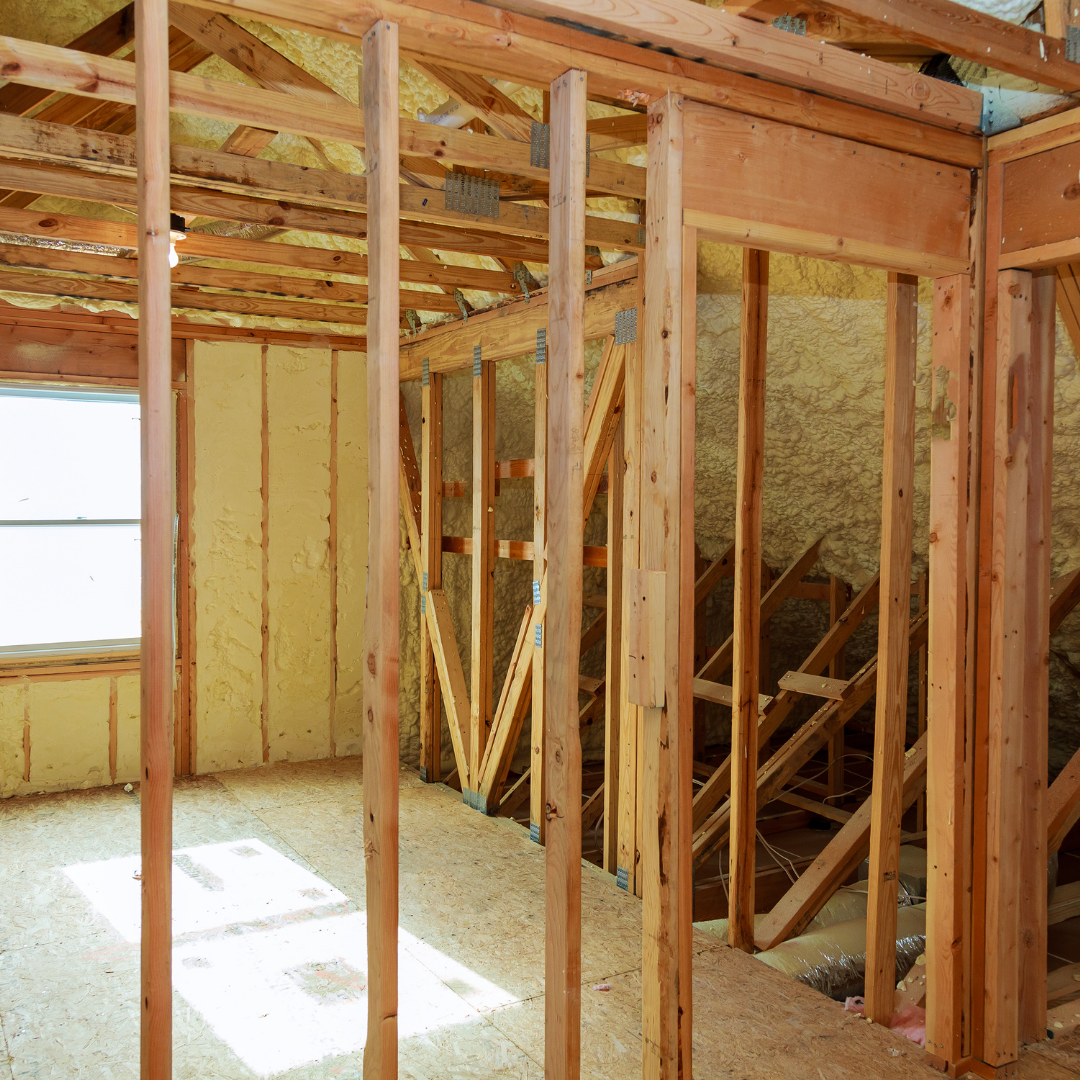
 You can consider
You can consider 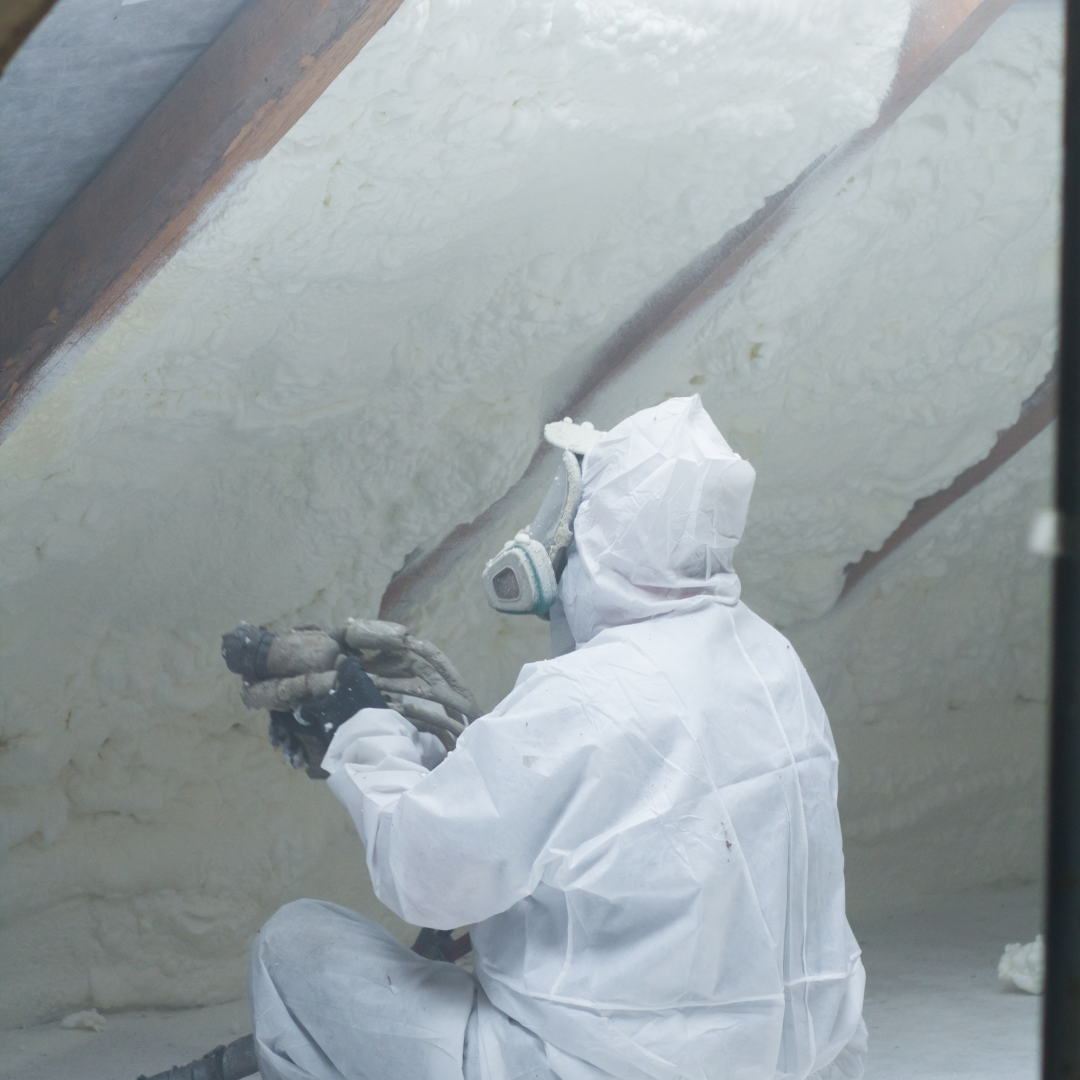
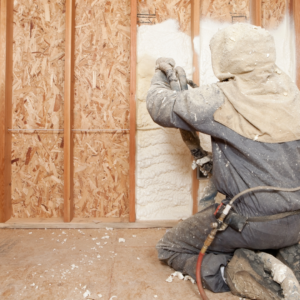
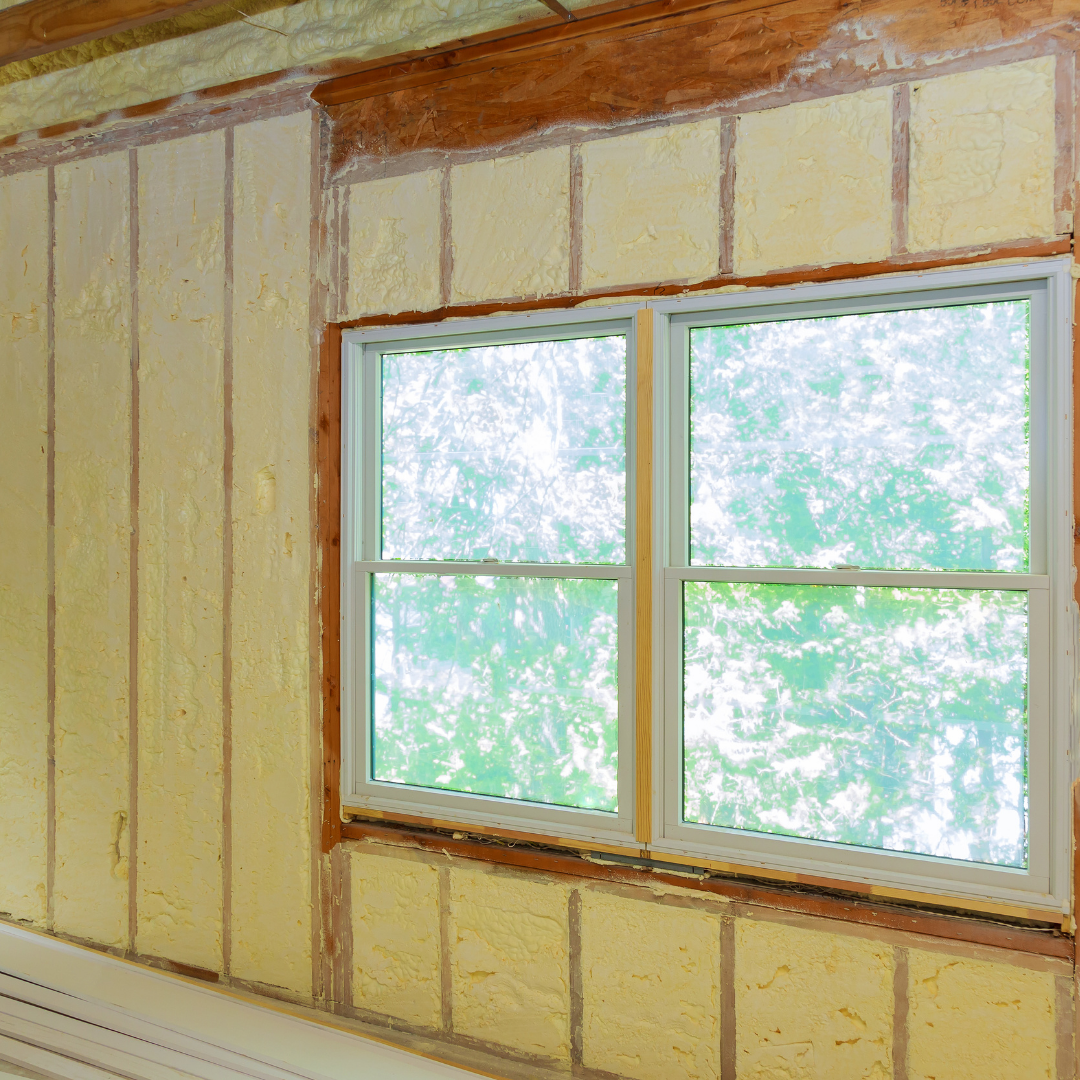
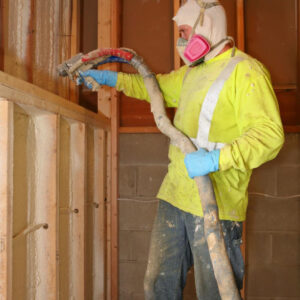 1. Using a Rigid Insulation
1. Using a Rigid Insulation